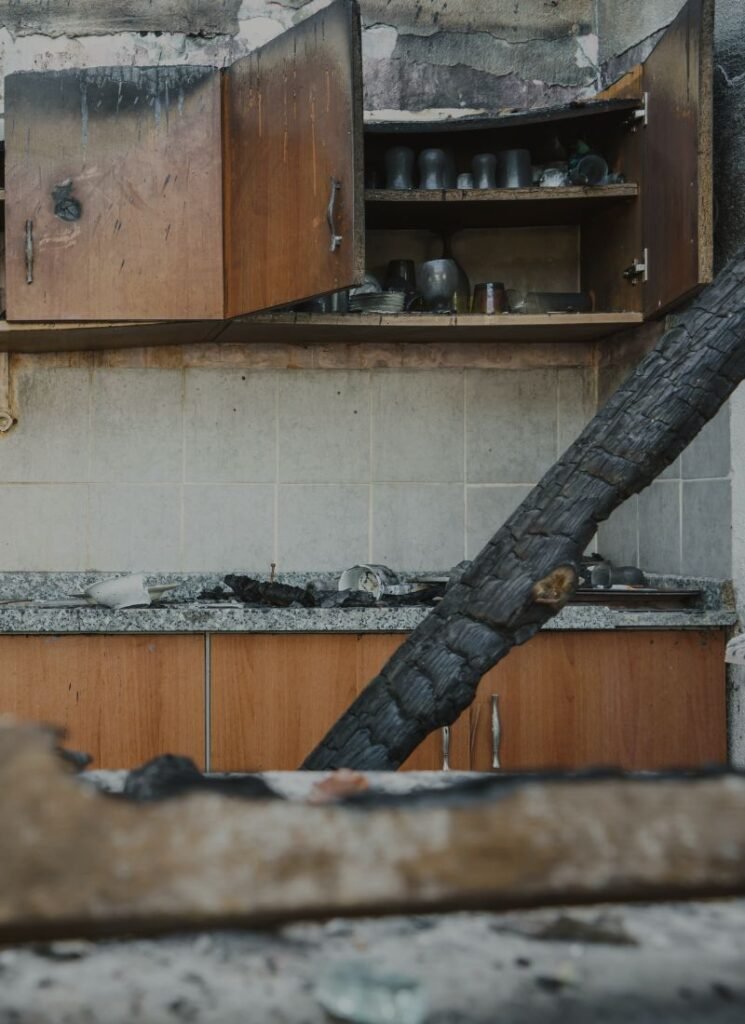Water damage restoration is a complex process that requires expertise and the right equipment. It’s essential to act quickly and contact a professional restoration company to minimize the long-term impact of water damage on your property.
“Shit happens, and it’s how we navigate through the mess that defines us.”
—— Unknown
Water damage can be a challenging and stressful situation for homeowners. Whether it’s due to a burst pipe, a leaky roof, or flooding, the key to minimizing damage and restoring your property is a well-executed water damage restoration process. In this article, we will outline the essential steps for effective water damage restoration.
The first step in water damage restoration is to assess the extent of the damage. A professional restoration team will inspect the affected areas, identify the source of the water, and determine the class and category of water damage. This information guides the restoration process.
After assessment, the next priority is removing standing water. This is typically done using powerful pumps and vacuums. The faster water is removed, the less damage it can cause.
Drying and Dehumidification
Once the standing water is removed, the affected area needs to be thoroughly dried. Industrial-grade dehumidifiers and high-speed air movers are used to eliminate moisture from walls, floors, and other surfaces. This step is crucial to prevent mold growth.
Cleaning and Sanitizing
Water damage often leads to contamination and mold growth. Cleaning and sanitizing affected areas and belongings is a critical step. Professional cleaning agents are used to ensure the area is safe and free from harmful microorganisms.
Drying and Dehumidification:
Drying and dehumidification are crucial steps in water damage restoration because they help prevent further damage and the growth of mold and mildew. Here’s a more in-depth look at these processes:
- Dehumidification: Industrial-grade dehumidifiers are used to remove excess moisture from the air and affected surfaces. These machines work by pulling in humid air, cooling it to condense the moisture, and then releasing dry air. Dehumidifiers are strategically placed to create optimal drying conditions.
- High-Speed Air Movers: High-speed air movers are used to increase air circulation within the affected area. This promotes faster evaporation of water from surfaces like walls, floors, and furniture. The combination of dehumidifiers and air movers accelerates the drying process.
- Moisture Monitoring: Technicians use moisture meters to measure the moisture content in various materials. Regular monitoring allows them to track the progress of the drying process. When the moisture levels reach acceptable levels, it’s an indication that it’s time to move on to the next steps.
- Thorough Drying: Ensuring thorough drying is critical to prevent mold growth. Even hard-to-reach areas, such as wall cavities and subflooring, should be thoroughly dried to avoid future issues.
Cleaning and Sanitizing:
Cleaning and sanitizing are essential to restore a safe and healthy environment after water damage. Here are more details on these steps:
- Removal of Contaminated Materials: Any materials that cannot be cleaned and salvaged, such as heavily damaged drywall, insulation, or carpeting, are removed and properly disposed of. This step prevents further contamination and mold growth.
- Surface Cleaning: Surfaces that can be saved are thoroughly cleaned and sanitized. Professional cleaning agents are used to disinfect and eliminate any bacteria, mold, or other contaminants. This step is especially important for areas exposed to unsanitary water sources.
- Content Cleaning: Water damage restoration companies may offer content cleaning services. This involves cleaning and restoring personal belongings, such as furniture and electronics, that have been affected by water damage. This may include disinfection, deodorization, and repairs.
- Deodorization: Water damage can often lead to unpleasant odors. Deodorization techniques, such as using air scrubbers, ozone generators, or specialized cleaning products, are employed to eliminate odors and leave the space smelling fresh.
- Mold Prevention: As part of the cleaning and sanitizing process, steps are taken to prevent mold growth. Mold inhibitors may be applied to surfaces, and proper ventilation is ensured to keep the environment dry.
- Final Inspection: A final inspection is conducted to ensure that all cleaning and sanitizing tasks have been completed effectively. The area should be safe for occupancy, and the risk of future problems minimized.
Both the drying and dehumidification and cleaning and sanitizing steps require specialized equipment, expertise, and attention to detail. Professional water damage restoration companies have the experience and tools necessary to carry out these tasks effectively to restore your property to its pre-damage condition.
Restoration and Repairs
After the affected area is clean and dry, restoration work begins. This can involve minor repairs like replacing drywall, painting, or major reconstruction, depending on the damage. The goal is to return your property to its pre-damage condition.



Monitoring and Preventive Measures
Even after the restoration is complete, it’s essential to monitor the area for any signs of recurring problems or mold growth. Implementing preventive measures, such as improved insulation or sealing leaks, can help prevent future water damage.
Water damage restoration is a complex process that requires expertise and the right equipment. It’s essential to act quickly and contact a professional restoration company to minimize the long-term impact of water damage on your property. By following these steps, you can ensure a more successful restoration and a quicker return to normalcy after a water-related disaster.
For expert water damage restoration services, contact Onsite Pro Restoration today. We are here to help you restore your property to its former glory.





